Close to a decade ago, Microsoft revealed Windows 10 as the last version of their OS ever. Now, Microsoft's announced the end of the road for Windows 10. Windows 11 will soon replace it, bringing with it significant updates, new features, a cleaner desktop, and...
...and a collection of annoyances that could make you reminisce about the glorious days of Windows 98 SE.
So, let's talk about the possible major pros and cons of Microsoft's upcoming OS.
The Pros of Windows 11
Windows 11 isn't just Windows 10 with a new collection of wallpapers. Thankfully, many other tweaks and improvements make an upgrade to the latest OS seem enticing.
That said, the new OS's wallpapers are, indeed, beautiful!
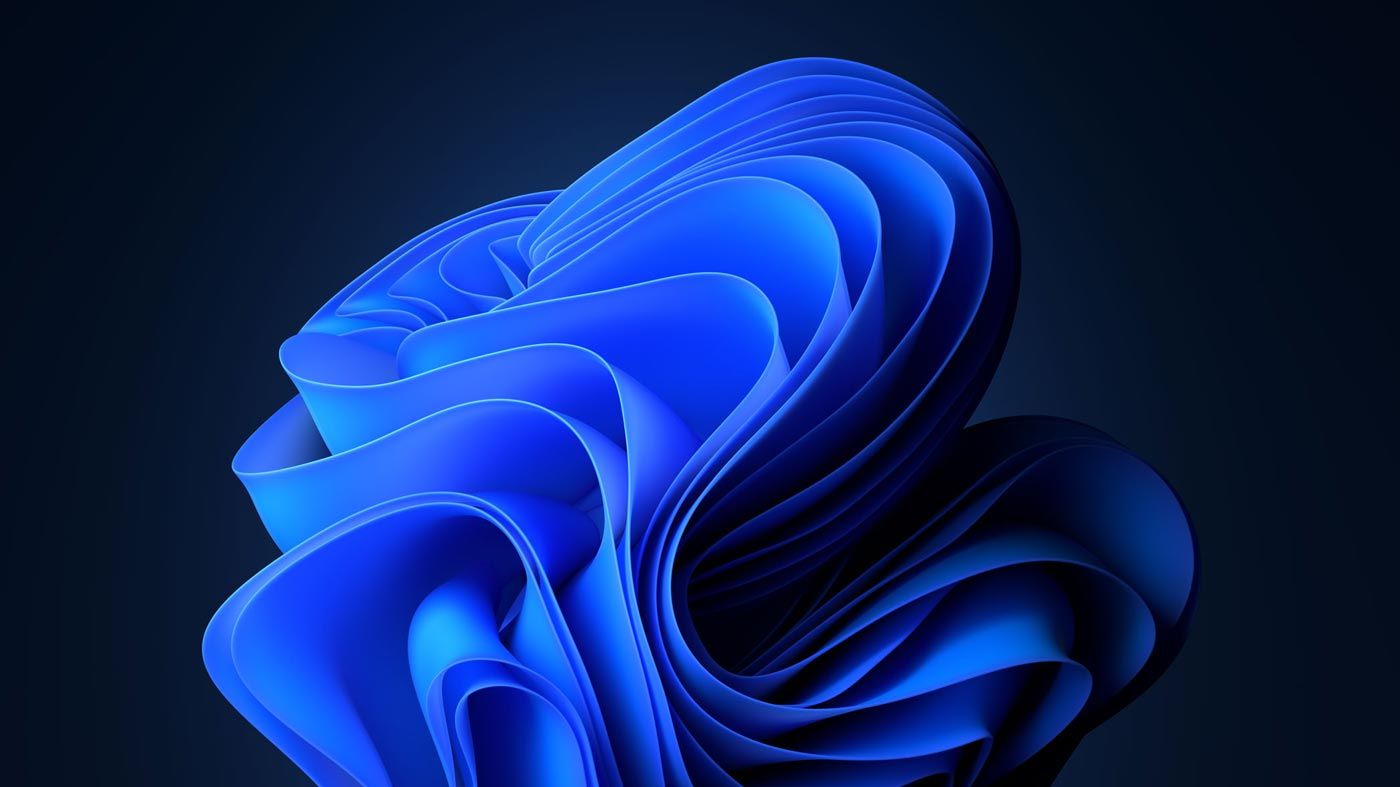
1. Beautiful Glass
Windows 11's new desktop aesthetics try to mimic the look of glass. As a result, there's a lot of transparency on many desktop elements, from windows to menus.
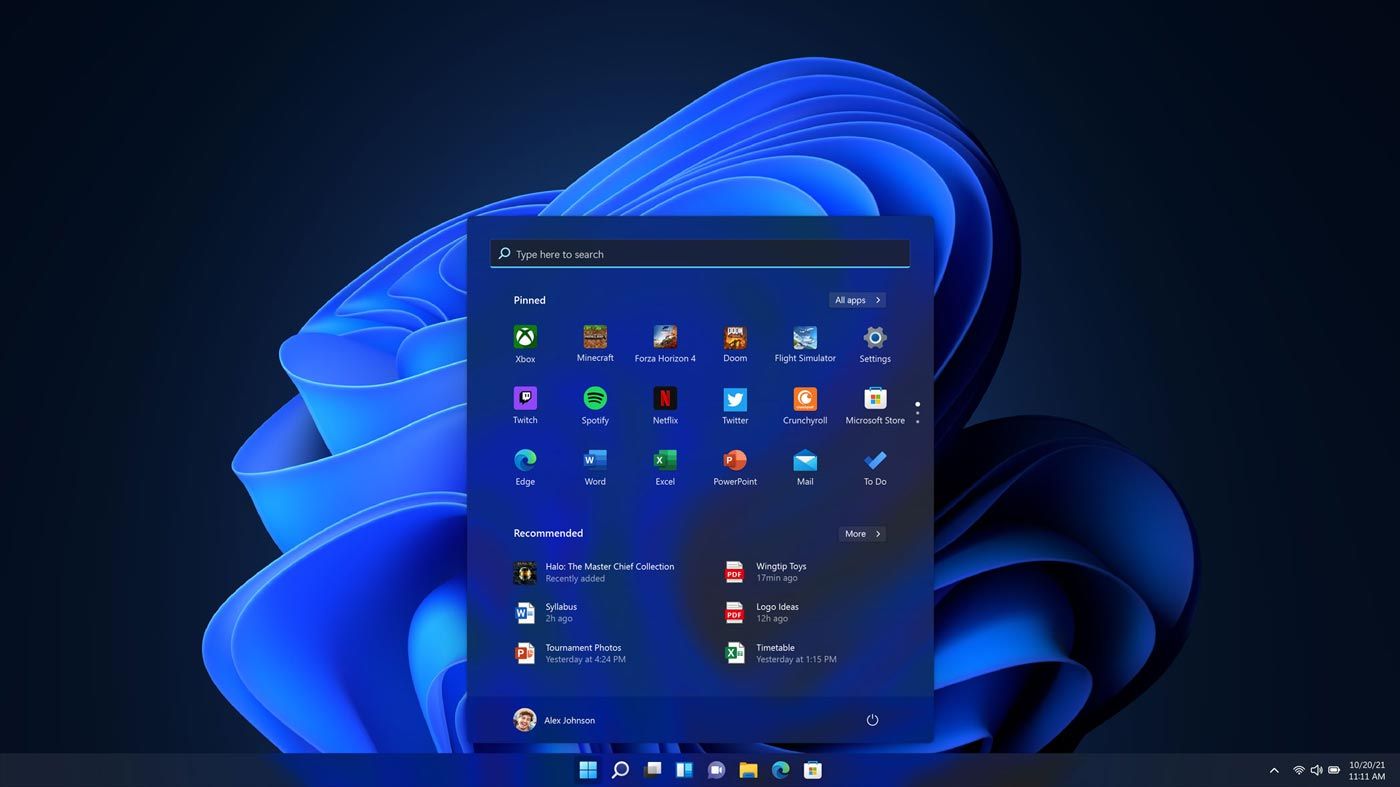
This transparency goes hand-in-hand with related effects like a background blur, drop shadows, and rounded corners. All GPU-accelerated for a buttery-smooth user experience. It should both be more elegant and snappier than Windows 10.
2. Bar to Dock
Like Mac OS and many Linux Desktop Environments, Windows 11's taskbar can turn into a dock. The icons on it can be centered, which helps when using Windows 11 on a touch-enabled device.
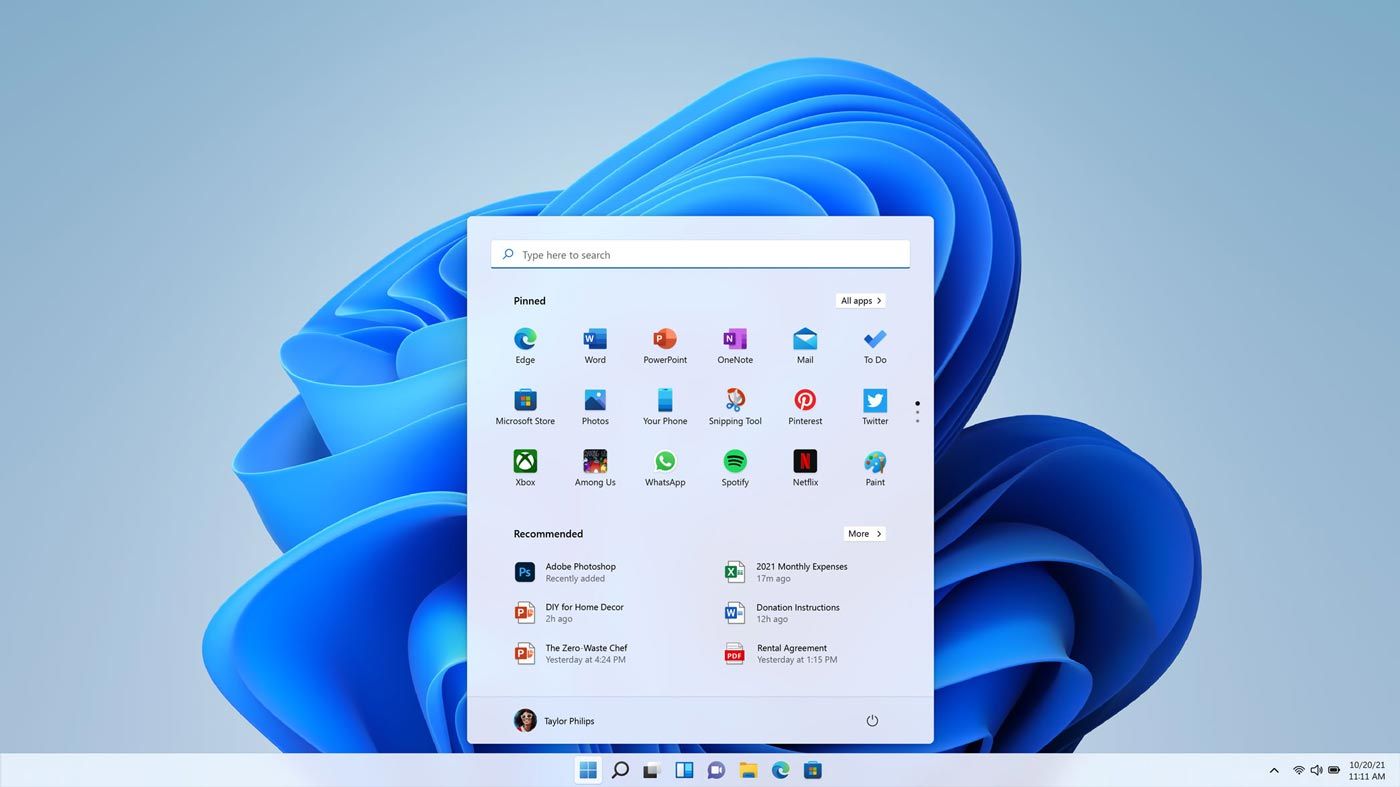
Fans of the classic taskbar will still be able to align the Start button and app icons to the left.
Note that if you like Windows 11's looks, and especially its centered taskbar, we've looked at how you can make your Windows 10 desktop look like Windows 11.
3. Return of the Widgets
Did you prefer widgets, the little floating informational windows in Windows Vista and 7, to the Live Tiles of Windows 10?
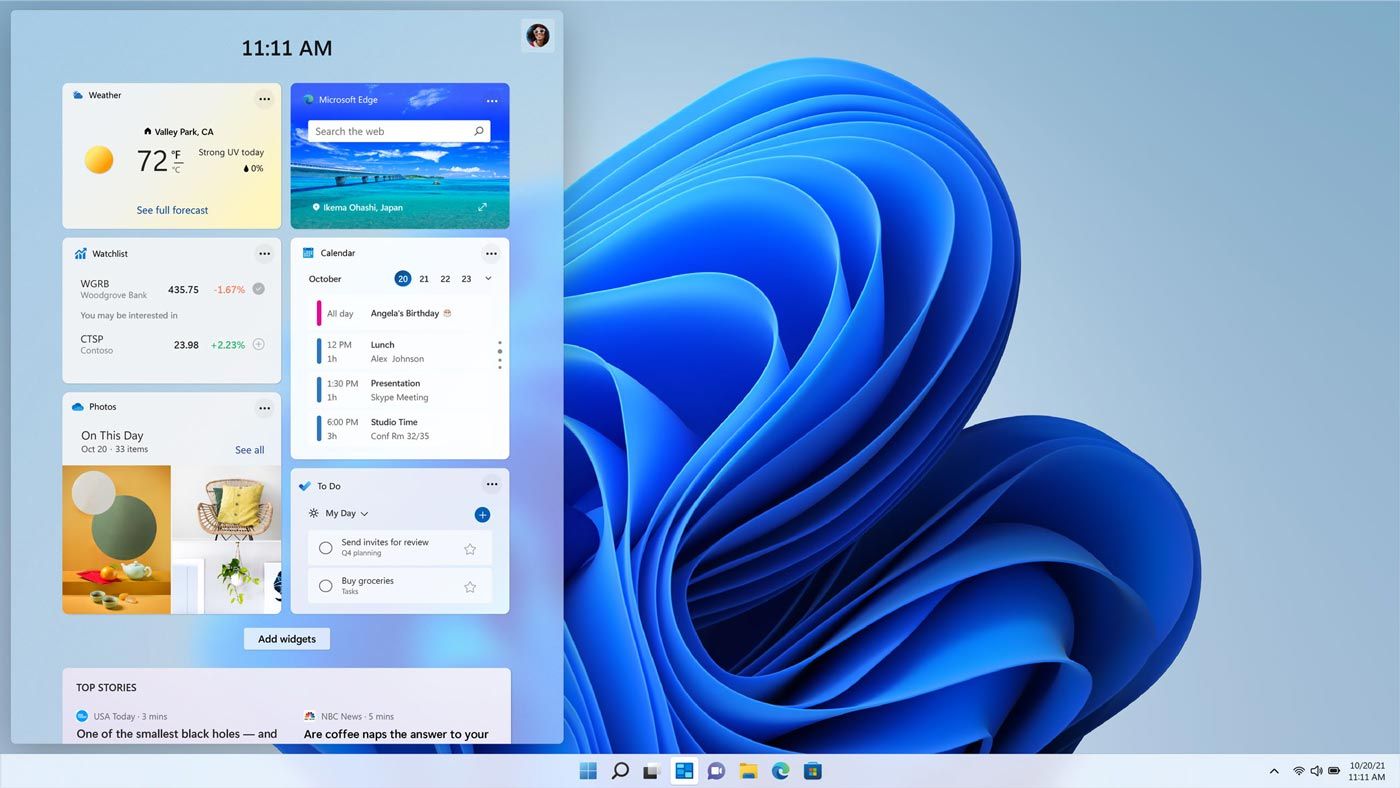
The new widgets in Windows 11 appear in a dedicated pane, which slides in from the left of the screen. They also seem to be more geared towards presenting information instead of working as mini-apps.
Still, that's not a groundbreaking feature—and earlier, we've covered how you can bring widgets back on Windows 10's desktop.
4. Easily-Accessible Snap Layouts and Groups
Windows already supported snapping windows to the sides or corners of the screen in rudimentary arrangements. Originally "borrowed" from other OSes, the feature was further expanded with Windows PowerToys' FancyZones feature.
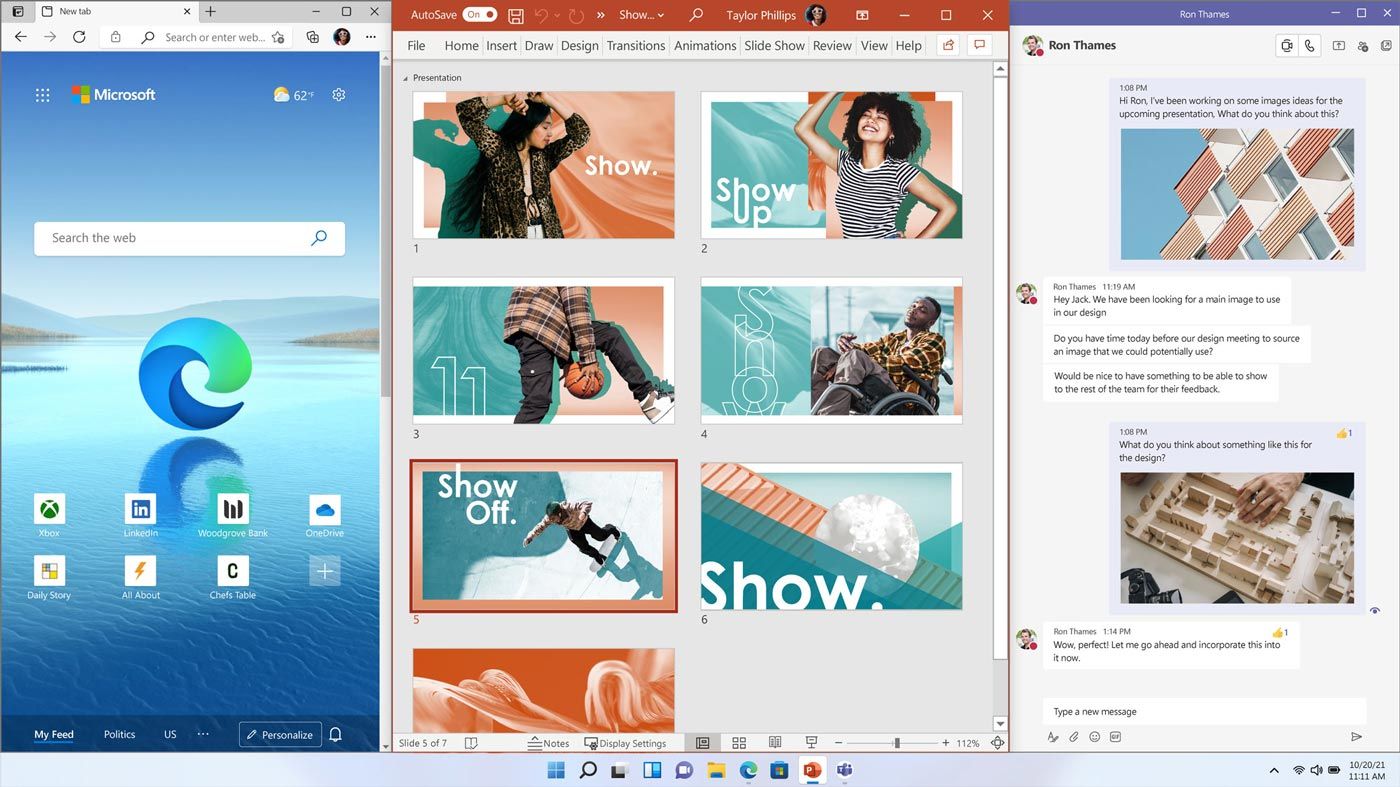
Now, a new and improved version in Windows 11 brings the feature to everyone, placing it in a quick menu hovering over the maximize button.
5. Android Apps on Windows 11
Up to Windows 10, if you wanted to run an Android app or game, you could either remote control your smartphone or run an emulator. Windows 11 will come with support for Android apps baked-in.
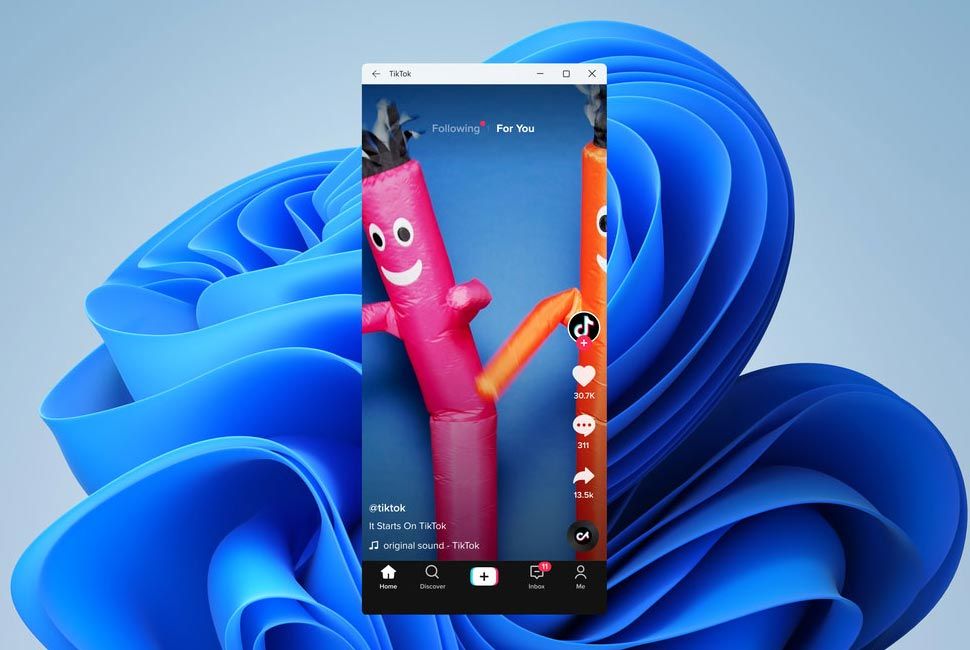
Theoretically, you'll be able to install almost any Android app or game, click on it, and it will pop up on the screen, almost like native Windows software.
6. Next-Gen Gaming
One of the most touted features of the new Xbox and PlayStation is how their CPU, GPU, and storage subsystems are interconnected. DirectStorage is the equivalent for PCs.
DirectStorage is expected to eventually lead to massive boosts in performance for applications that juggle vast amounts of data. Usually, that translates primarily to "games." For more information on this new and exciting tech, dive into its details to discover what is DirectStorage and how it can make gaming faster.
Auto HDR is also making the jump from the latest Xbox consoles to PCs. It can upgrade the looks of older games by expanding their brightness levels automatically, taking advantage of the entire brightness range of modern monitors.
7. Teams for Everyone
A single click on Windows 11's taskbar is all it takes to chat with text, voice, or video with friends and contacts.
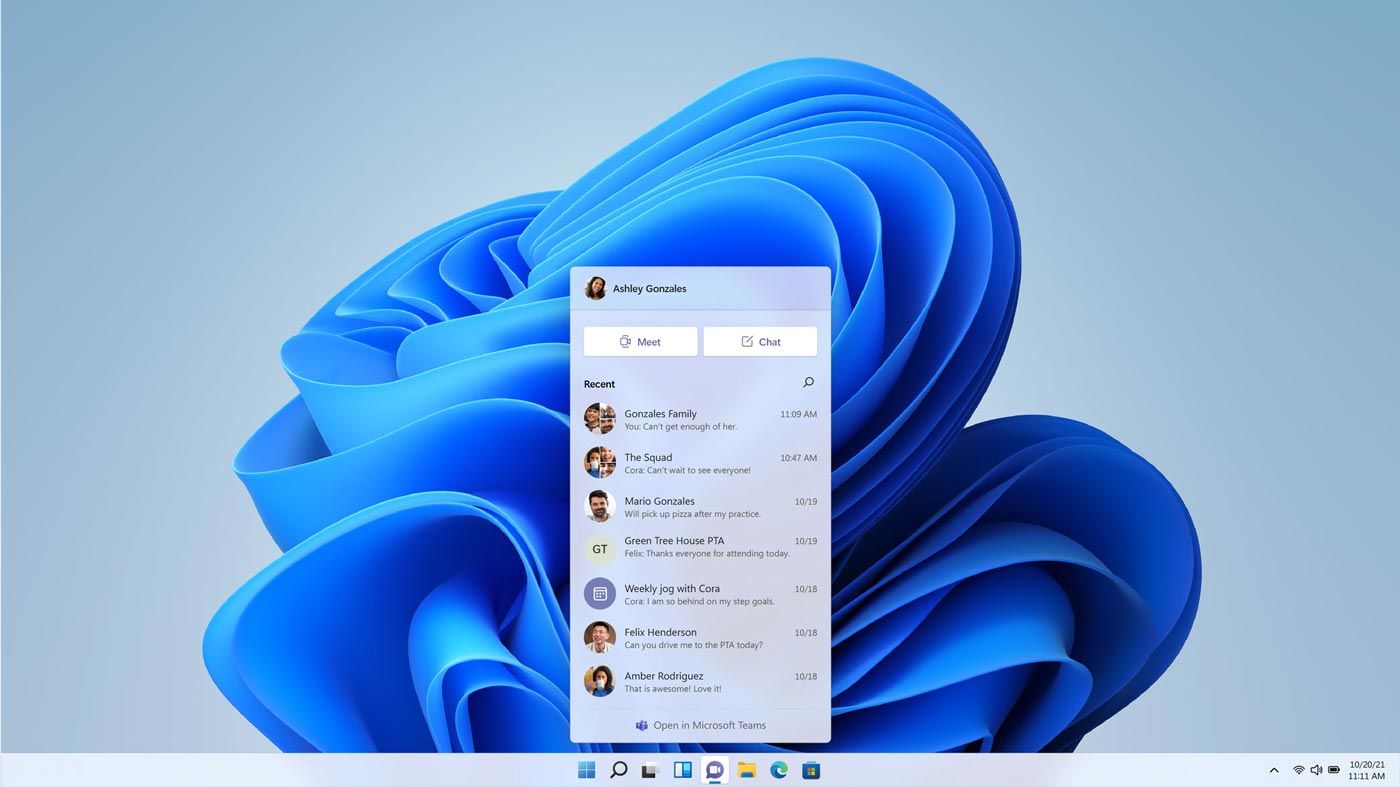
That's thanks to Microsoft Teams, which Microsoft placed front and center as Windows 11's primary solution for communicating with family, friends, and colleagues.
Having a default videoconferencing solution baked into the OS will feel like an excellent addition to many users. Even if, as some may note, there are better alternatives available.
The Cons of Windows 11
Not everything is rosy with Microsoft's upcoming version of Windows. You might find many changes and tweaks questionable and reason enough to stick with Windows 10.
1. Accelerated Desktop
Thanks to the current hardware shortages, finding a new GPU at a reasonable price is almost impossible. Thus, many have postponed a GPU upgrade for the distant future.
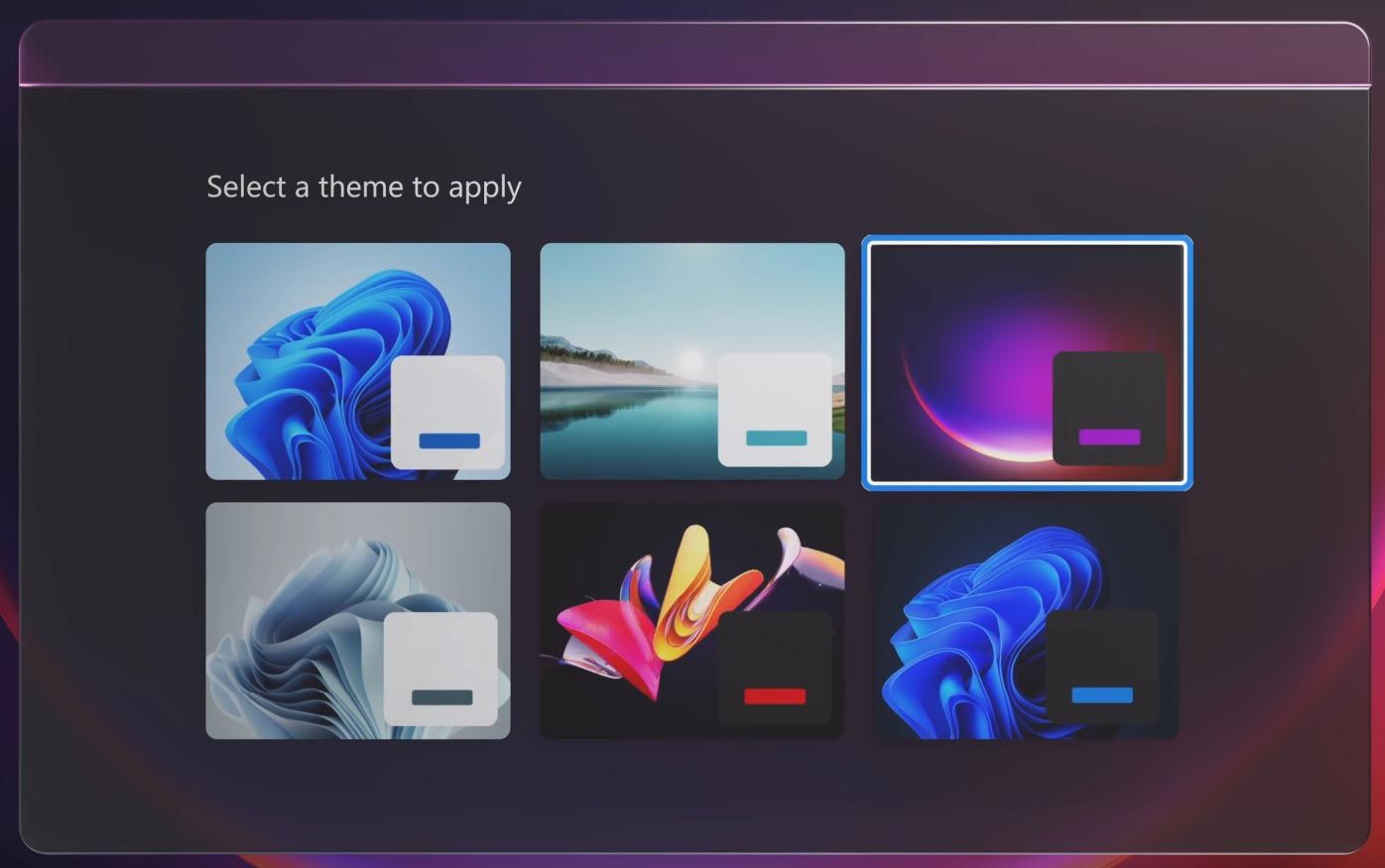
For those interested in Windows 11, this future might not be so distant since Microsoft's new OS requires a GPU at least compatible with DirectX 12, with a WDDM 2.0 driver.
2. Where Is Skype?
Skype was the first application to popularize peer-to-peer video calling. Today, Skype seems lost in a sea of similar and sometimes better video calling alternatives.
That's probably why Microsoft all but replaced it with Teams in its presentation of Windows 11.
3. Less Taskbar
Based on what we know so far about it, Windows 11's taskbar might look great, but it's more of a downgrade from a usability perspective.
The ability to move the taskbar to any side of the screen you wish is gone. Now, it's stuck at the bottom of the screen.
Similarly, middle-clicking on an icon doesn't launch new instances of already-running apps anymore.
4. Forgotten Timeline
Do you remember how Microsoft had presented Timeline as another visual way to stay organized? Keeping tabs on how we use the computer, Timeline could then display the apps and docs we accessed, the sites we visited, etc., in chronological order.
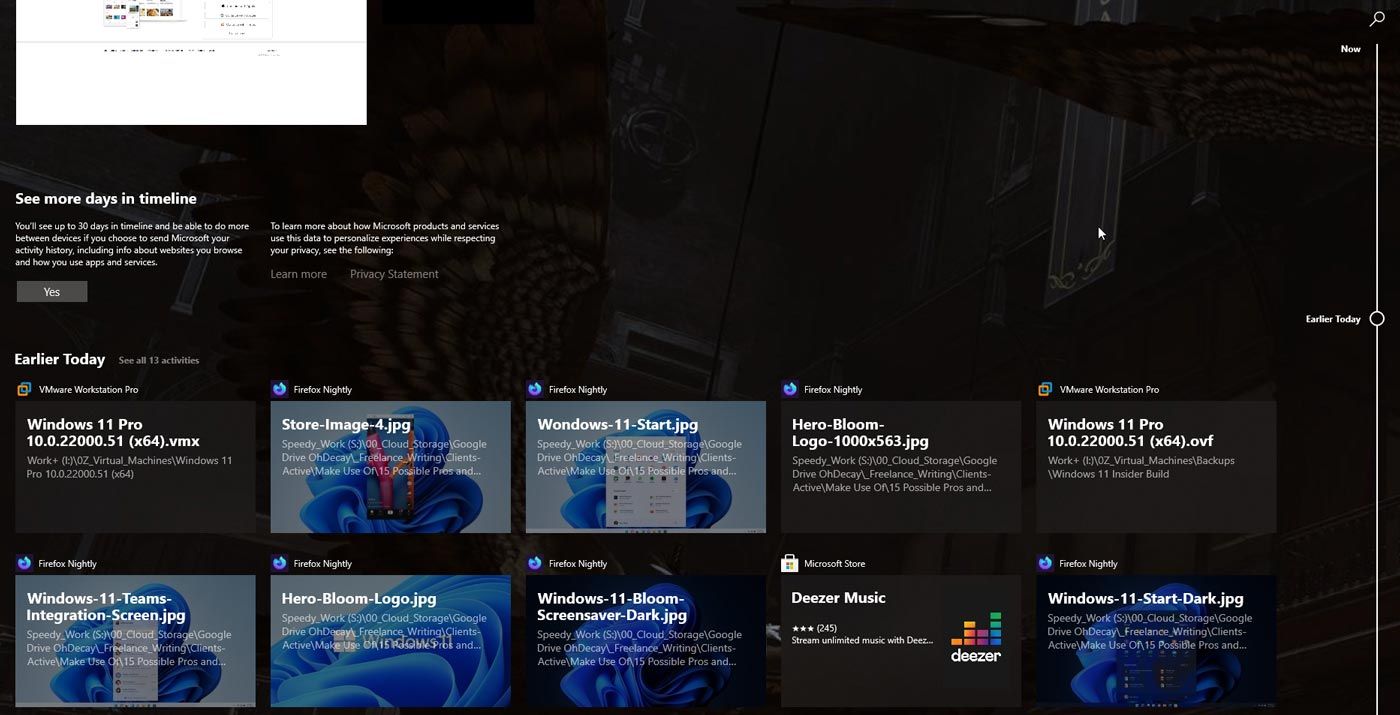
It was a good idea on paper but rarely used by anyone. If you were among those who liked it, stick with Windows 10, for Timeline's gone in Windows 11.
5. Bye-Bye Cortana
Cortana is Microsoft's take on A.I.-powered helpers, like Google's Assistant and Amazon's Alexa, with which you interact by voice.
However, it might be more appropriate to say "was" since Cortana isn't baked-in the OS anymore. Still, you'll be able to download, install, and use Cortana as a separate app.
6. Fewer Layouts, More Delays
With Windows 11, you can quickly snap any window on the screen based on predefined window layouts. However, if you installed Microsoft's own PowerToys in Windows 10, you could also create your layouts. It wasn't as straightforward, but it was much more versatile.
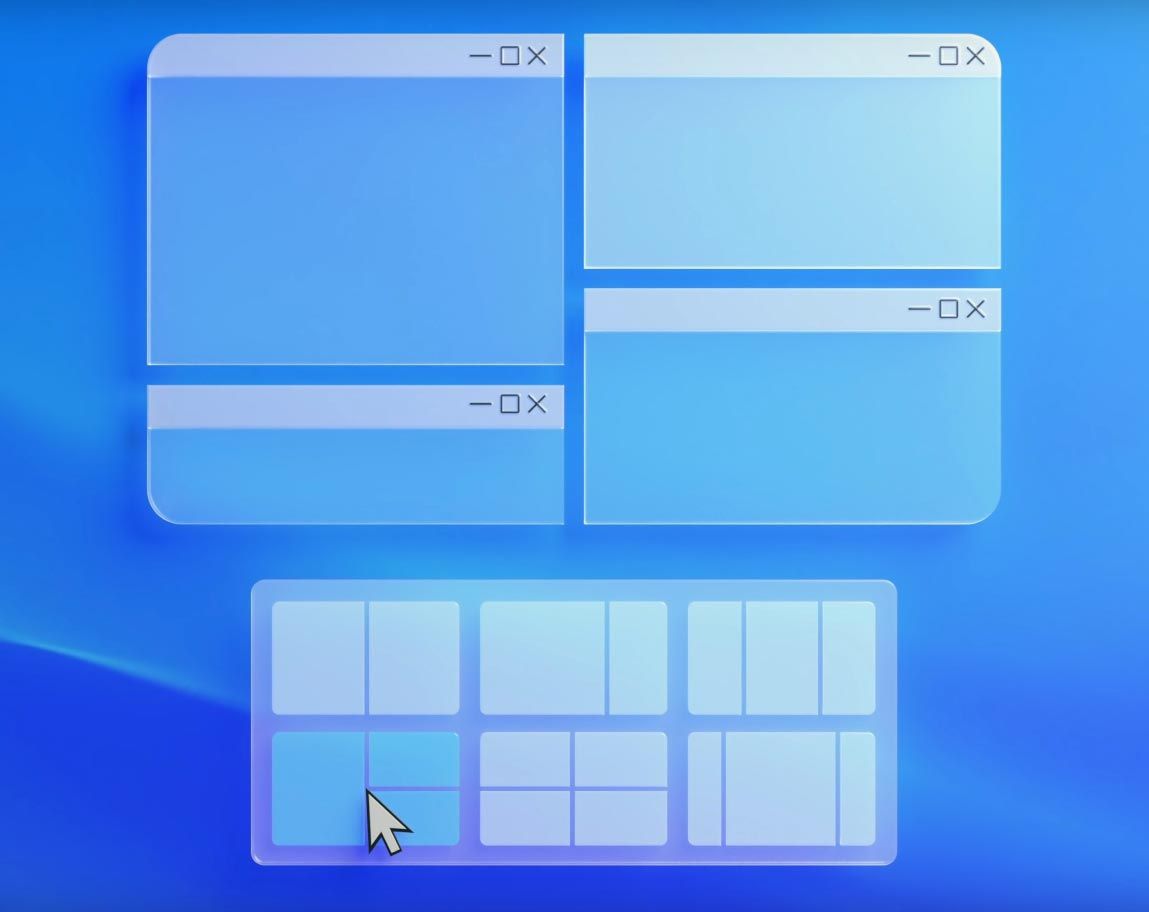
As a bonus, the default way to snap windows around will be by hovering the mouse cursor over a window's maximize button. "Hovering the cursor" translates to keeping it steady over a desktop element and waiting for the OS to detect you want to access the layouts quick pop-up. This "waiting" might not be annoyingly long, but it takes longer than the press of a hotkey or clicking on a hotspot on the screen.
7. Let Microsoft Know You
We can safely speculate that Windows 11 will also send more information to Microsoft about our computers and how we use them. You'll need to log in with a Microsoft account to take full advantage of all features the new OS has to offer, no matter the edition.
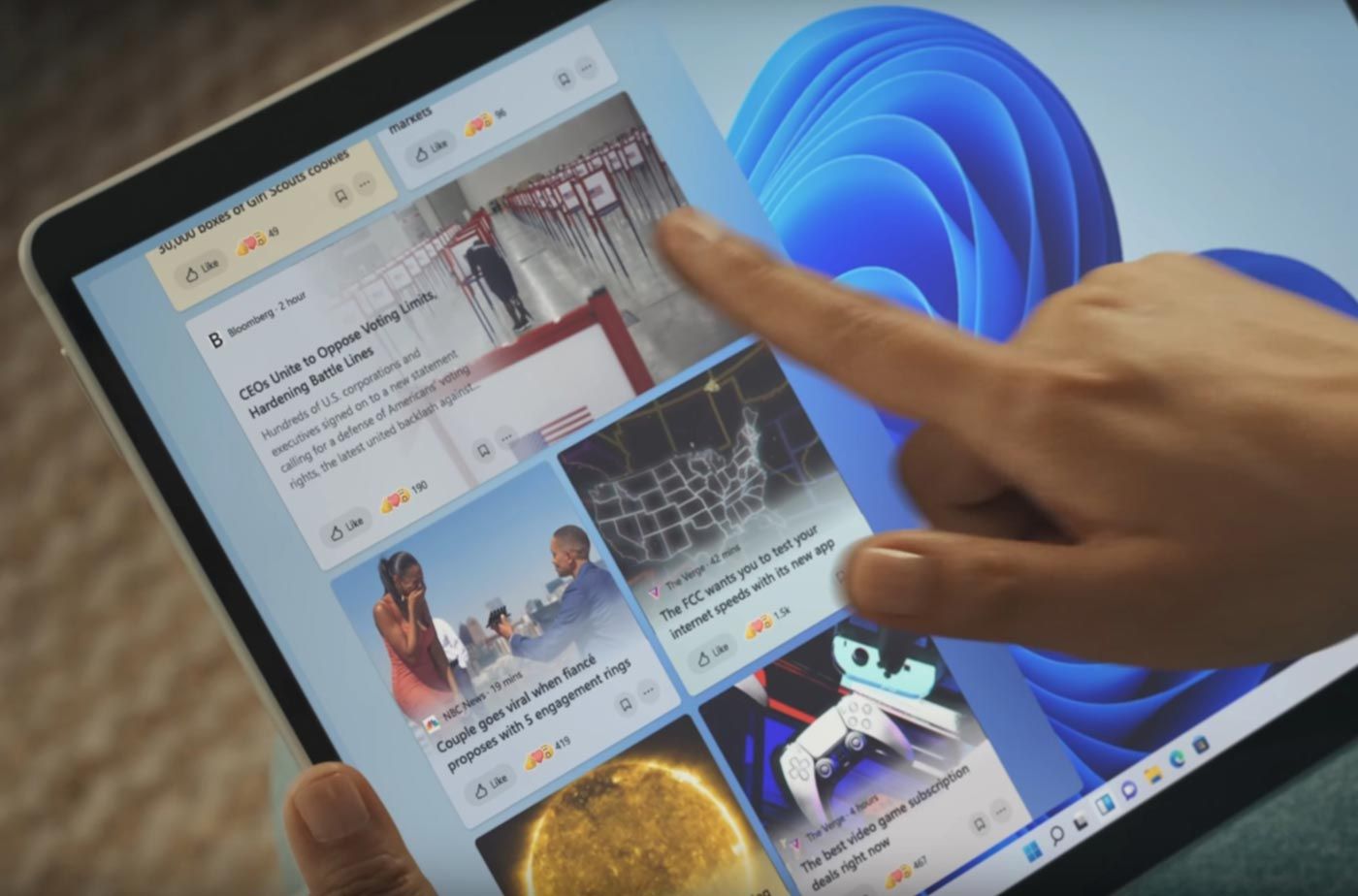
Add to this how Windows 11's desktop widgets will use AI to present tailored information (and advertisements) to you by monitoring your interests, and fans of George Orwell's 1984 might want to skip upgrading.
8. You Can't Run It
The major con of Windows 11, though, is that you might not be able to run it. Even if you have a GPU capable of accelerating its brand-new desktop, the rest of your PC might not be up to the task.
Microsoft reasons that you need great hardware to have great experiences. As a new, modern OS, Windows 11 also requires relatively new, modern PCs.
If your PC's CPU is older than Intel's 7th generation Core or AMD's Zen 2 processors, you're out of luck. The bigger problem, though, seems to be TPM 2.0 compatibility.
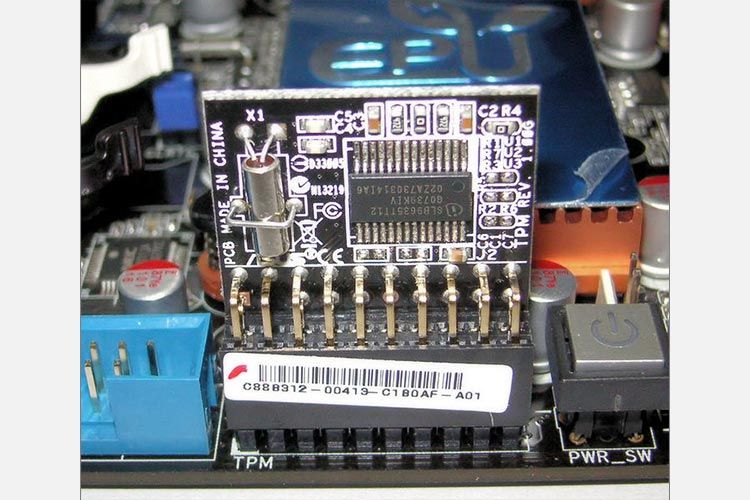
Although you may find TPM modules in most laptops and many prebuilt PCs, they're non-existent in most DIY PCs. And no TPM 2.0 support means no Windows 11.
Windows 11 Is Inevitable
Despite its pros and cons, like it or not, Windows 11 is coming, and it will eventually replace Windows 10. Like with all previous versions of Windows...
- We'll appreciate some of its new features and tweaks on the established desktop formula.
- We'll need more time to get used to others.
- We'll end up using third-party tools to "fix" the ones that end up as annoying.
Let's hope Windows 11 will break Microsoft's meme-worthy history of following every great version of Windows with a bad one and end up more like Windows 10 or 7 than Windows 8 or Vista.
Image Credits: Microsoft

0 Comments